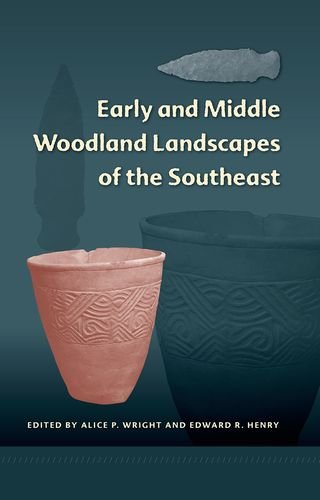

Most ebook files are in PDF format, so you can easily read them using various software such as Foxit Reader or directly on the Google Chrome browser.
Some ebook files are released by publishers in other formats such as .awz, .mobi, .epub, .fb2, etc. You may need to install specific software to read these formats on mobile/PC, such as Calibre.
Please read the tutorial at this link: https://ebookbell.com/faq
We offer FREE conversion to the popular formats you request; however, this may take some time. Therefore, right after payment, please email us, and we will try to provide the service as quickly as possible.
For some exceptional file formats or broken links (if any), please refrain from opening any disputes. Instead, email us first, and we will try to assist within a maximum of 6 hours.
EbookBell Team

0.0
0 reviews“This is the first volume in a decade to address the Woodland period in the Southeast. The research is fresh and reports new information and interpretations gleaned from a variety of sources—new excavations, geophysics, grey literature, older collections—and covers a range of studies from single sites to specific archaeological complexes to interactions among complexes.”—Lynne P. Sullivan, coeditor of Mississippian Mortuary Practices
“This volume fills an important gap in Southeast archaeology, the Early and Middle Woodland periods. It contains the best that the current generation of archaeologists has to offer, set in the context of the broader landscape of regional archaeology.”—Dean R. Snow, author of Archaeology of Native North America
The Early and Middle Woodland periods (1000 BCE–500 CE) in North America witnessed remarkable cross-cultural social interactions as well as novel interactions between people and the physical world. Using case studies from Georgia, Florida, North Carolina, Mississippi, Kentucky, Alabama, and Tennessee, this volume sheds new light on these dynamic and complex social landscapes.
Fourteen in-depth case studies incorporate empirical data with theoretical concepts such as ritual, aggregation, and place-making, highlighting the variability and common themes in the relationships between people, landscapes, and the built environment that characterize this period of North American native life in the Southeast.